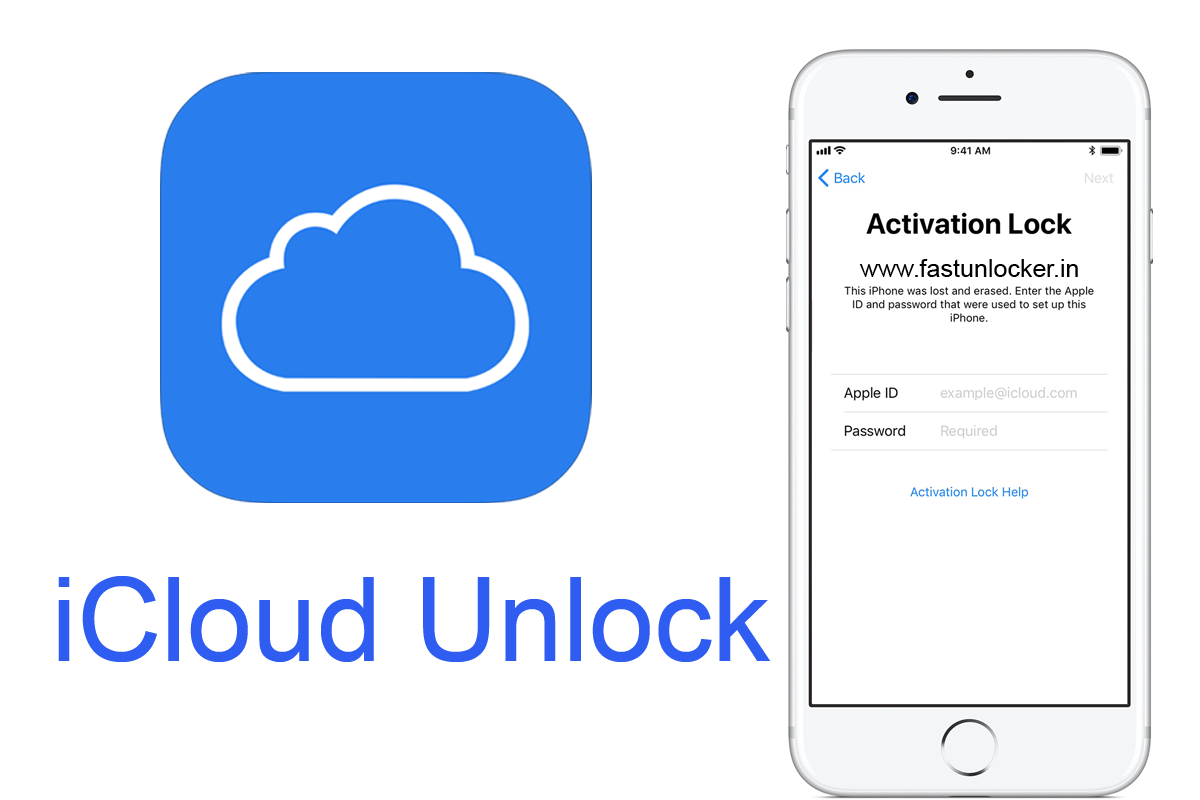The difference between disaster recovery and backup

Enterprise data is very valuable, once damaged or leaked will cause incalculable losses to the enterprise, and disaster recovery is the last line of defense for data security.
What is disaster recovery?
In the 1970s, disaster recovery was the origin of disaster recovery; in the 1980s and 1990s, it was the rapid development of disaster recovery; in the 1990s and 2000s, it was the expansion of disaster recovery; in the Internet era from 2010, the demand for business continuity was higher, IT entered the era of cloud, and disaster recovery became a service.
A disaster tolerant system refers to the establishment of two or more IT systems with the same function in different places far apart, which can monitor the health status and switch the function between each other so that when one system stops working due to an accident (such as fire, earthquake, etc.), the whole application system can be switched to another place so that the system function can continue to work normally.
What is the difference between disaster recovery and backup?
In a general sense, backup refers to data backup or system backup, while disaster recovery refers to data backup or application system backup that is not in the same server room. Backup is achieved by backup software technology, while disaster recovery is achieved by replication or mirroring software. The fundamental differences between the two are.
1. Disaster tolerance is mainly for accidents such as fires and earthquakes, so a certain safety distance must be ensured between the backup center and the main center; data backup is carried out in the same data center.
2. The disaster recovery system not only protects data but also ensures business continuity, while the data backup system only protects the security of data.
3. Disaster recovery ensures the integrity of data; backup can only restore data before the backup point in time.
4. Disaster recovery is an online process; backup is an offline process.
5. In the disaster recovery system, the data in two locations are consistent in real-time; the backup data has a certain time limit.
6. In case of failure, the switching time of a disaster recovery system in seconds to minutes; while the recovery time of the backup system may be hours to tens of hours.
What are the classifications of disaster recovery?
1. Data level
Data-level disaster recovery is the most basic means to ensure that the original data will not be lost or damaged after a disaster by establishing an off-site disaster recovery center to do remote backup of data. This disaster recovery method can be simply understood as a remote data backup center, which is to establish a data backup system or a disaster recovery system, such as database, files, etc.
2. Application Level
Application-level disaster recovery is based on data-level disaster recovery, and the same application system is also built at the backup site. Through synchronous or asynchronous replication technology, it can ensure that critical applications can be restored to operation within the allowed time frame, so as to minimize the loss caused by disasters and let users basically not feel the occurrence of disasters. Application-level disaster recovery is to build a backup system for the application, such as a set of OA system is running, and build a set of the same OA system in another place.
3. Business Level
Business-level disaster recovery is a full-service disaster recovery, which requires all infrastructure in addition to the necessary IT-related technologies. Its advantage is to guarantee business continuity. The disadvantage is that it is very expensive and also requires investment in premises costs and is difficult to implement.
How to choose the right disaster recovery backup solution for you?
By using Vinchin Backup & Recovery, you can instantly recover the entire VM and all its data from any restore point (no matter if it’s a full backup, incremental backup, or differential backup) without any effect on the original backup data. Any deduplicated or compressed backups can be recovered. It is an excellent solution to ensure enterprise business continuity and minimize the loss of crucial business interruptions caused by disaster or system failure. You can also quickly verify the backup data availability by instantly recovering the target VM to an isolated area in a matter of minutes. Make sure when a real disaster occurs, all the VMs can be recovered and the data inside is not lost or damaged. Vinchin supports the world’s most mainstream virtual environments and provides solutions such as VMware backup, XenServer backup, Hyper-V backup, RHV/oVirt backup, etc.





